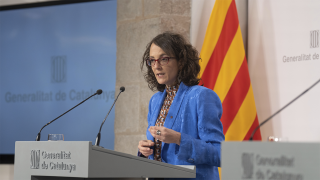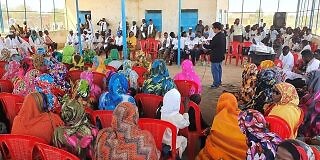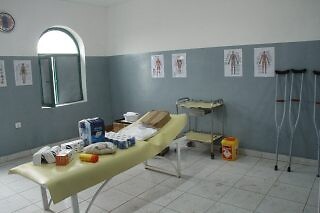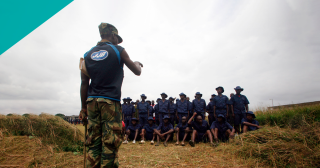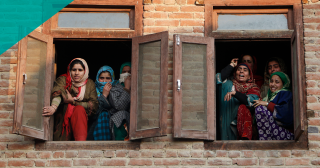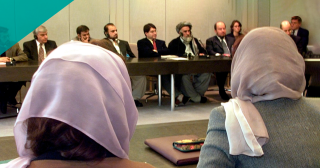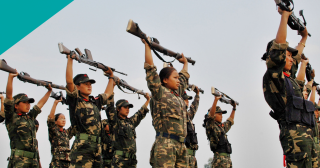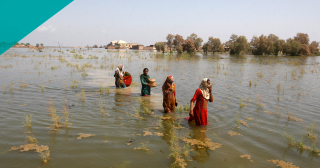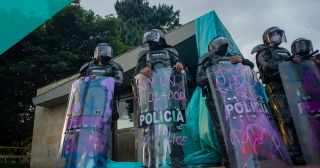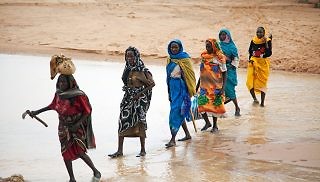The Minister of Equality and Feminisms of the Generalitat de Catalunya shares lessons on implementing equality policies and creating a feminist future from her experiences as a policymaker, political scientist, and activist.
Tag: women peace and security
-
-
Thus far, few UN frameworks, policies, or guidance documents on conflict-related sexual violence mention arms control and disarmament measures in the context of prevention.
-
Creating an enabling environment for women peacekeepers, including by providing gender-responsive healthcare, is key to the UN achieving its gender parity goals.
-
The Ivoirian case shows that DDR programs continue to perpetuate gendered hierarchies and stereotypes; women and girls continue to be dismissed, “desecuritized,” and “conjugally ordered” into questionably stereotyped roles designed by those with little understanding of gendered “herstories”—particularly on the African continent.
-
I wanted the feminist foreign policy to be practical. To me, it’s not about identity as much as it is a matter of checking on the three Rs: rights, representation, and resources.
-
The WPS agenda presents a unique space for the international community to introduce much-needed reforms in the field of international conflict resolution as contemporary approaches are proving their limits.
-
We should not overlook how collaborations between WPS and other security-related political frameworks have succeeded in challenging notions that military and security actors have a monopoly of expertise in areas such as arms control.
-
The securitization of the climate crisis, rendered “serious” and “realistic” by ideas about gender, is misdirecting our attention and resources.
-
WPS advocates must not allow gender to be instrumentalized within hypermasculine, hypermilitarized, and over-securitized approaches to security.
-
There are a number of reasons why it is difficult for peacekeepers to protect civilians from sexual and gender-based violence, particularly those forms that fall outside of conflict-related sexual violence.
